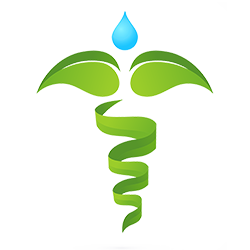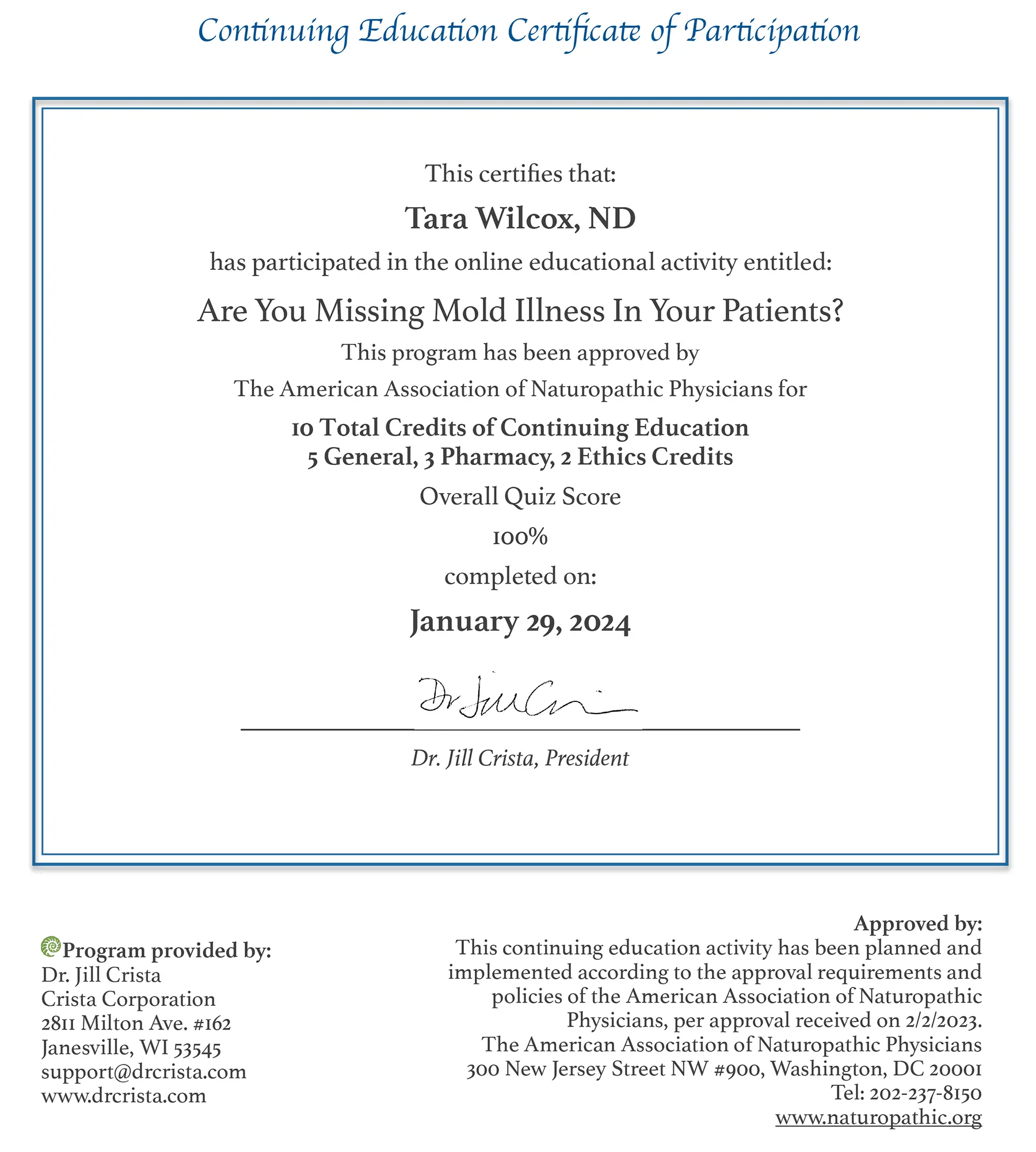What is COVID19?
COVID19 is the name given to the most recent outbreak of coronavirus. It was thus named because it was discovered in 2019. To be clear this is the name of the disease. The actual virus is severe acute respiratory syndrome coronavirus 2. It is a +RNA virus that has an affinity for the respiratory tract.
Yes, SARS (severe acute respiratory syndrome) is a coronavirus. So is MERS, (middle east respiratory syndrome) which was first diagnosed in about 2012.
Should I be worried about COVID19?
If you are healthy, there may be very little reason to worry. The statistics at this time are not precise since not all cases are even close to being documented. It is a certainty that there are MANY more undocumented cases at this time, simply because adequate testing has not been made available particularly in the United States. The population that is mainly being tested at this time are those people who are more critically ill. If you are elderly or immunocompromised then please take extra precautions. The CDC suggests that people with mild symptoms call their doctors, and they are NOT encouraged to be tested at this point. Anxiety and panic do NOT promote immunity and in fact stress the immune system further.
What are the symptoms of COVID19?
Diagnosing the symptoms is a bit more complicated. In general, you should be on the look out for cough, shortness of breath, and a high fever. (A high fever is defined as being between 102-104 degrees Fahrenheit). There have been reports for people who tested positive after feeling flu-like symptoms such as body aches and pains. Additionally, there are people who have tested positive with absolutely no symptoms whatsoever.
The CDC reports that some COVID19 positive cases are prone to reinfection.
From CDC website
Should I get tested for COVID19?
This is a difficult question without an immediate answer in most areas. There are, quite simply, very few test kits available in Montana right now. I was updated earlier this week from one of my labs that test kits are not available. They have been allocated to larger metropolitan areas. Newspapers this morning when reporting on the newest cases in Montana, stated that there are 850 test kits available in the entire state. That is obviously not very many for a state with 1.09 million residents. I’m sure at some point more will be available, but we do not as of yet know when.
The state is also asking healthcare providers to limit testing at this point to only those who are exhibiting the above symptoms or known contact with COVID19 positive persons. I believe most of the available kits are currently at hospitals and county health centers.
From the CDC website
How is the Coronavirus Transmitted?
Coronavirus is transmitted from respiratory droplets and oral-fecal contact. This means coughing, sneezing, and not washing your hands after using the restroom. Focus on hygiene! Cover you mouth with your elbow not your hands. Wash your hands with soap and water often. Do not touch your face. Disinfect common hand surfaces like doorknobs, faucet handles, pens, phones, etc. While the virus can only last for a few hours, per our knowledge so far; it is good to be cognizant of your hygiene.
COVID19 can shed (is still released from the body) for up to 14 days (timeframe based on MERS not COVID19) after their symptoms resolve.
Is there any way to prevent the COVID19?
Currently there is no vaccine. There are no medications to cure or prevent this virus. The best prevention method available for this virus or any viral outbreak remains a strong immune system.
Are there natural ways to treat COVID19?
Again, the best we have so far is immune system support. This includes health habits, vitamins and nutrients, herbals, and homeopathics.
Sleep/rest, adequate nutrition, avoiding things that we know are bad for us are all keys to a healthy immune system. Try to reduce your stress. Eat less sugar. Drink less alcohol. Start some good habits. Go to bed at a reasonable time. Eat good wholesome foods. Please practice thorough and diligent hygiene.
If you need it, try a nutrient IV to help boost your immune system. I offer nutrient IVs in my clinic that have Vitamin C, B vitamins, Selenium, Zinc, Calcium and Magnesium. This has always been one of my favorite ways to treat myself when I am under the weather.
I am not advocating taking any of the following nor prescribing dosages. Too much of a vitamin or herb can be harmful too. It is possible to reach toxic levels in the body for most of the following. Talk to a trusted naturopathic physician, herbalist or nutritionist to make sure you are getting levels that are appropriate for you and any pre-existing condition or medication. Pregnant women should always consult a trained professional before taking anything.
Important Vitamins and Minerals:
Vitamin C
Vitamin C is one of the most well-known and researched vitamins that exists. Researchers at the University of California had participants of a research study take approximately 500 mg of Vitamin C supplements per day and identified that there was a decrease in C-reactive protein (CRP) levels after two months. CRP is a lab marker used to identify the presence of inflammation in the body. Increasing levels of Vitamin C in your diet may be helpful in reducing inflammation your body.
Sources: citrus fruits, sprouts, Brussels sprouts, broccoli, and rose hips
Vitamin A
Vitamin A is one of the best supplements available to help power boost the immune system. **Use caution with this vitamin with women of child baring age or who are pregnant!** This vitamin is a know teratogen (capable of fetal malformations). In all other populations this can be very appropriate. Vitamin A is known as a powerful antioxidant and listed as useful for preventing infectious disease. It helps maintain the epithelial tissue in the respiratory tract, GI, skin, eyes, nasal passages and genitourinary tract.
Sources of vitamin A are: liver, fish liver oils, meats, eggs Carotenoids like carrots, spinach, and kale can all be converted into Vitamin A (in limited amounts)
Vitamin D
Vitamin D is a modulator of the immune system and can be helpful to help prevent infection and autoimmune conditions. It up regulates gene expression as it pertains to the immune system and down regulates inflammatory cytokines. This means that it decreases inflammation and helps the body cope with inflammation, which is a component of infectious disease like COVID19.
Sources: sunlight, fish liver oils, oily fish, dairy products and other D-fortified foods
Selenium
Selenium is a mineral that enhances immune function. It also has anti-viral activity. Clinical trials of selenium supplementation in adults with HIV have found that taking this mineral can prevent increases of their viral load and a decrease the risk of hospitalization. When the viral load of any virus is reduced, it can lead to an increase of white blood cells that helps the body fight off viral infection.
Sources of selenium are: meat, fish, whole grains, legumes, Brazil nuts, garlic, mushrooms and asparagus
Zinc
Zinc is used for many functions in the body, but most important here is its immune boosting function, anti-inflammatory effects, and anti-viral properties. It has been show in numerous studies that insufficient Zinc plays a significant role in decreased immune function by boosting macrophages. Macrophages are our body’s way to destroy viruses.
Source: seafood, meats, whole grains, dairy, legumes, peanuts, egg yolks, nuts and seeds
Important Herbs:
The following are herbs that have demonstrated results with other RNA viruses and were recommended to me by a friend who is a renowned researcher in the field of botanicals, biochemistry, and human disease:
Pau d’arco (Tabebuia spp). This herb has immune enhancing characteristics. It has traditionally been used for fever and sore throat.
Cats Claw (Uncaria tomentosa). This herb has strong anti-viral effects. Its traditional uses include viral infections, treating inflammation and stimulating the immune system.
Ginger Root (Zingiber off). This herb has anti-inflammatory actions as well as diaphoretic (increased sweating) which is a way of heating the body to help it fight viral activity.
Lemon Balm (Melissa off). This herb is also a diaphoretic and anti-viral. Avoid this herb if you have or suspect you may have, hypothyroidism because it has thyrosuppressive effects.
Garlic (Allium sativa). This herb is anti-oxidative, mucolytic, and anti-bacterial. It has traditionally been used extensively for respiratory conditions.
Astragulus (Astragulus membranaceus). This herb is an immune enhancer, immune regulator, general tonic, (enhancer) and adaptogen (adrenal support). It has been traditionally used for fever, fatigue, and palpitation accompanied by shortness of breath.
Licorice Root (Glycyrrhiza glabra). This herb is anti-inflammatory, mucoprotective, (supports mucous membranes like the sinus and digestive tract), and antiviral. Some of its traditional uses are for bronchitis, cough and adrenal insufficiency.
References
• https://www.cdc.gov/coronavirus/2019-ncov/index.html
• News, A. (2020, March 9). Early mortality rates for coronavirus are likely misleading, experts say. Retrieved from https://abcnews.go.com/Health/early-mortality-rates-covid-19-misleading-experts/story?id=69477312
• Mills, S., & Bone, K. (2013). Principles and Practice of Phytotherapy: Modern Herbal Medicine (2nd ed.). China: Churchhill Livingstone Elsevier.
• Gaby, A. R. (2011). Nutritional Medicine. Concord, NH: Fritz Perlberg Publishing.
• Cat’s Claw. (2016, November 29). Retrieved from https://nccih.nih.gov/health/catclaw
• Fiore C , et al. (2008, February). Antiviral effects of Glycyrrhiza species. – PubMed – NCBI. Retrieved from https://www.ncbi.nlm.nih.gov/pubmed/17886224
• Suppression of Human Immunodeficiency Virus Type 1 Viral Load With Selenium Supplementation. (2007, January 22). Retrieved from https://jamanetwork.com/journals/jamainternalmedicine/fullarticle/411535



